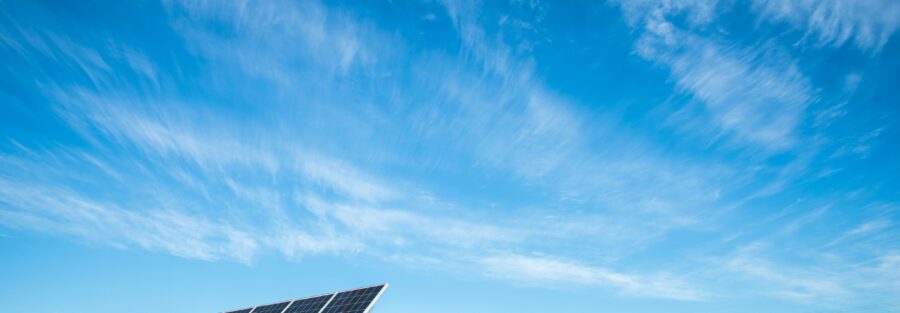Commercial solar farms are integral to the global transition towards renewable energy sources, providing a sustainable alternative to traditional fossil fuel-based power generation. However, like any technology, solar panels degrade over time, leading to a reduction in their efficiency and output. Understanding how degradation is calculated in commercial solar farms is crucial for investors, operators, and policymakers alike.
Degradation refers to the gradual decrease in the performance of solar panels over their operational lifespan. This degradation occurs due to various factors such as exposure to environmental elements, temperature fluctuations, and material aging. Calculating degradation accurately is essential for estimating the long-term performance and financial viability of solar installations.
The most common method used to calculate degradation in commercial solar farms is the annual degradation rate (ADR) approach. ADR is typically expressed as a percentage, representing the average rate at which the efficiency of solar panels decreases each year. This rate is determined by analysing historical data collected from similar solar installations and is influenced by factors such as panel quality, climate conditions, and maintenance practices.
To calculate ADR, the following steps are typically followed:
- Data Collection: Gather historical performance data from the solar farm, including energy production records, environmental conditions, and maintenance logs.
- Baseline Establishment: Establish a baseline performance level by averaging the energy output of the solar panels over a specified period, usually the first year of operation when degradation is minimal.
- Long-Term Analysis: Compare the annual energy production of the solar farm to the baseline level over multiple years to identify any deviations or trends indicative of degradation.
- Regression Analysis: Use statistical techniques such as linear regression to analyse the relationship between time and energy output, allowing for the estimation of the annual degradation rate.
- Validation and Adjustment: Validate the calculated degradation rate against industry standards and adjust for any external factors that may influence performance, such as equipment upgrades or changes in operating conditions.
- Calculation: Determine the deviation in energy production from the baseline level for each year. This can be calculated using the formula:Degradation (%) = ((Baseline Energy Production – Yearly Energy Production) / Baseline Energy Production) * 100Where:Baseline Energy Production is the average energy output during the baseline period. Yearly Energy Production is the energy output for a specific year.
By accurately estimating degradation using the ADR approach, stakeholders can make informed decisions regarding maintenance schedules, equipment replacement strategies, and financial projections for commercial solar farms. Additionally, understanding degradation helps optimise the design and operation of future solar installations, ultimately contributing to the continued growth of renewable energy generation worldwide.
By following these calculations, stakeholders can accurately estimate degradation and make informed decisions regarding maintenance, equipment replacement, and financial projections for commercial solar farms.
Wrap-up: degradation calculation in commercial solar farms is a vital aspect of ensuring the long-term reliability and profitability of solar energy investments. By employing rigorous data analysis techniques and industry best practices, stakeholders can effectively manage and mitigate the impacts of degradation, further solidifying the role of solar power in our transition towards a sustainable energy future.


